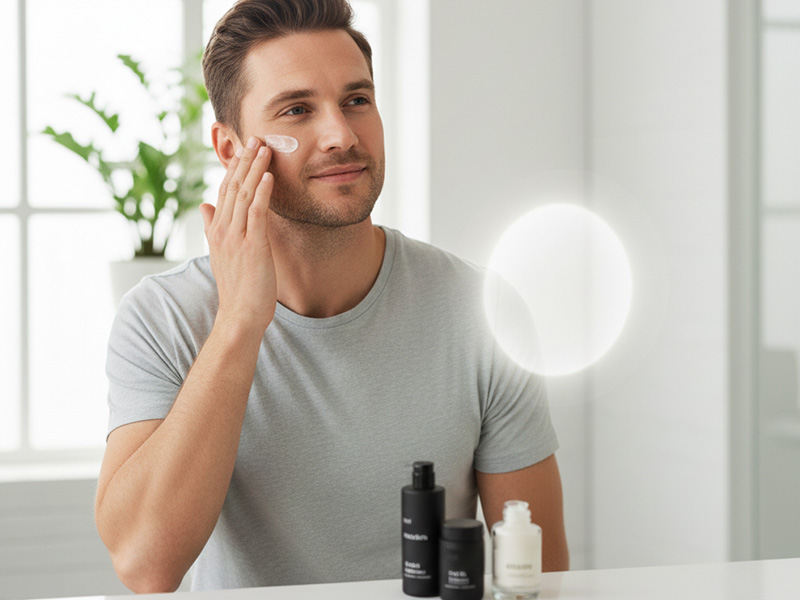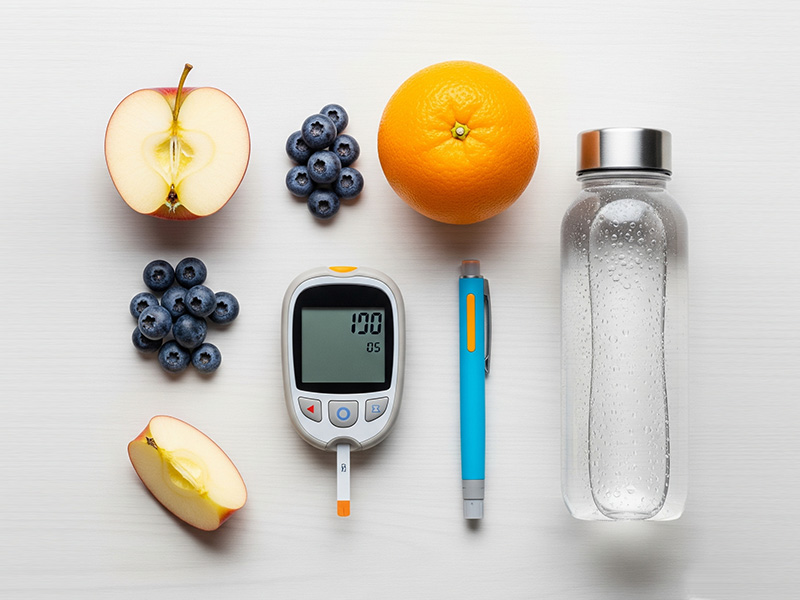Health screenings are proactive tools that detect diseases in their infancy, often before symptoms appear. From blood tests to imaging, these checks can identify risks for cancer, heart disease, and more. The World Health Organization notes that early detection through screenings can improve survival rates by up to 90% for certain cancers.
This guide covers the importance of screenings, types available, and how to incorporate them into your routine. We’ll address common myths and provide actionable advice. Regular screenings complement preventive habits—see our article on The Power of Preventive Care for more simple ways to protect your long-term health.
In an era where lifestyle diseases are rampant, screenings offer peace of mind and empowerment. They’re not just for the elderly; young adults benefit too. Let’s explore how these simple procedures save lives.
Table of Contents
- The Life-Saving Benefits of Screenings
- Types of Health Screenings
- Screening Guidelines by Age and Gender
- Overcoming Barriers to Screenings
- Common Myths Debunked
- Integrating Screenings with Daily Habits
- Conclusion: Prioritize Your Screenings
The Life-Saving Benefits of Screenings
Screenings enable early intervention, reducing treatment complexity and costs. For example, mammograms have decreased breast cancer mortality by nearly 40%. Colonoscopies, Pap smears, and routine blood work have similar lifesaving potential. Beyond early detection, screenings promote awareness and encourage healthier lifestyles by reminding us to stay proactive about our well-being.
Types of Health Screenings
- Blood Pressure Checks: Detect hypertension early and reduce heart disease risk. See Understanding Hypertension.
- Cholesterol Tests: Assess heart and stroke risk.
- Cancer Screenings: Pap smears, colonoscopies, mammograms, and skin checks.
- Diabetes Screening: Blood glucose tests for early detection. Explore Living with Diabetes for daily care tips.
- Bone Density Scans: Identify osteoporosis and fracture risk.
Each screening targets specific risks, and combining them creates a more complete health picture.
Screening Guidelines by Age and Gender
- Ages 18–39: Annual physical exams, blood pressure checks, cholesterol baseline, and STI tests.
- Ages 40–64: Add mammograms, colonoscopies, prostate screenings, and eye checks.
- 65+: Continue above with a focus on fall-risk, bone health, and cognitive screenings.
Always tailor your screenings based on family history, lifestyle, and physician recommendations.
Overcoming Barriers to Screenings
Cost, fear, and access are common hurdles. Many communities offer free or low-cost clinics, and most insurance plans cover essential screenings. Educating yourself about the procedures helps reduce anxiety—most are quick and minimally invasive.
Common Myths Debunked
- Myth: Screenings are only for sick people.
Fact: They’re designed for prevention and can detect issues long before symptoms appear. - Myth: Screenings are painful.
Fact: Most are quick, non-invasive, and far less uncomfortable than advanced treatments.
Integrating Screenings with Daily Habits
Health screenings should complement lifestyle habits like balanced nutrition, exercise, and stress management. Wearables and apps now help track vital signs, bridging preventive care with technology. For more, see How AI and Wearable Tech Are Transforming Healthcare.
Conclusion: Prioritize Your Screenings
Health screenings are one of the most effective ways to protect your long-term health. By following age-appropriate guidelines, addressing common barriers, and viewing screenings as part of a holistic lifestyle, you can reduce risks and improve quality of life.
Don’t wait for symptoms—early action saves lives. Make screenings a priority and pair them with preventive habits to take full control of your health journey.






